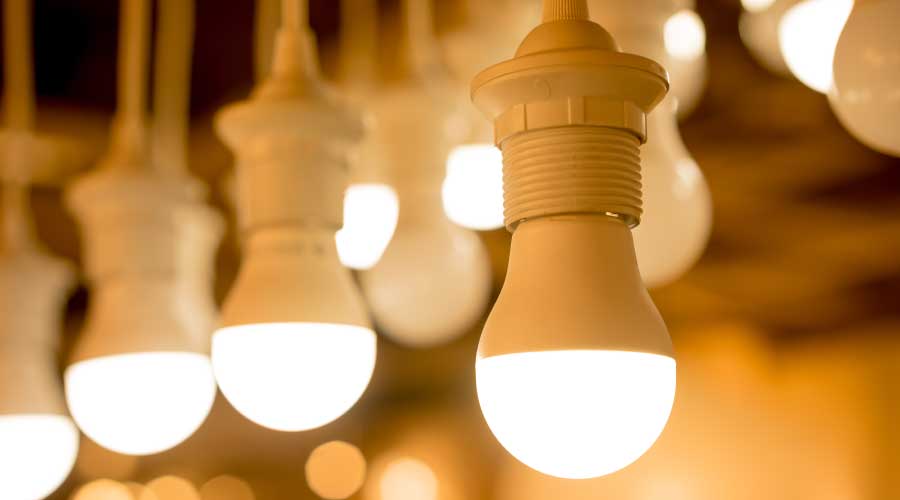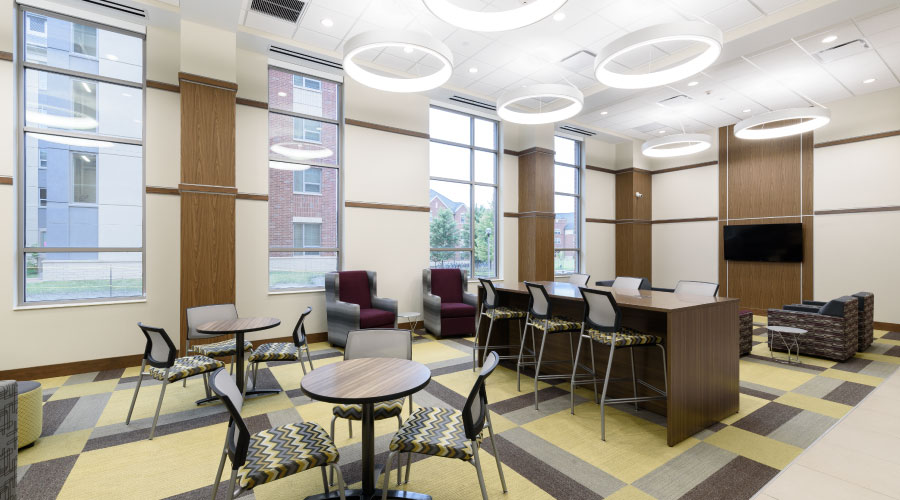Lighting Audit Can Help Facility Managers Determine Best Lighting Solution
Before jumping into any upgrades, facility managers should consider a lighting audit to identify the best lighting solution for the space. Factors to take into account during an audit include a facility's energy consumption costs, comparative maintenance costs, annual operating hours, comparative useful life, installation costs, energy efficiency incentives and tax credits, deductions and rebates, says Rich Albright, vice president of global corporate accounts for Acuity Brands.
"The next step is to take advantage of third-party organizations, such as the DesignLights Consortium and LED Lighting Facts and Energy Star," Albright says. "These organizations independently test luminaires to verify not only accuracy of manufacturers' energy consumption claims but also basic optical performance, such as light output. These agencies are a great resource when qualifying prospective lighting providers. Facility managers should proceed with caution when evaluating luminaires that do not carry these designations."
As Smith from Eaton's Cooper Lighting business notes, while these organizations don't set equipment standards, they have established minimum performance requirements that need to be met to qualify for incentives.
"These incentives reduce the payback period and make it compelling to choose these qualified products when selecting lighting systems," he says. "As long as facility managers consider using lighting fixtures qualified by one of these groups, they can be assured they are using quality, energy-efficient lighting products."
Facility managers will also want to do their homework by asking questions of lighting manufacturers, lighting reps and lighting designers. Some manufacturers even provide test fixtures that facility managers can install to test lighting performance, ease of installation, and ease of maintenance.
As GE's Walsh points out, "the decision to rethink lighting design is seldom as simple as 'swapping' one fixture for another. A comprehensive lighting assessment considers all of the goals for a facility, including long-term business and energy-efficiency targets, as well as the functionality of existing lamps and fixtures."
Working with a lighting design specialist also is a good idea, experts advise. This designer could be a facility manager who is properly trained in lighting techniques or a contractor who specializes in lighting layout and can provide the best solution for a particular facility.
"Lighting is now more complex than it used to be, so many contractors, architects and electrical engineers are not able to stay up to date on all aspects of lighting and the human vision system these days," explains Magnaray's Leetzow. "Contact a lighting design specialist. A good place to start is the National Lighting Bureau's website (www.nlb.org) where you can find a list of lighting professionals."
Organizations such as NEMA, the Illuminating Engineering Society (IES) or the Lighting Controls Association (LCA) also can offer a range of resources and guidance to facility managers.
"Because the facility executive's responsibility spans so many aspects of building performance, they can't be expected to have a comprehensive knowledge of lighting or controls technology," notes WattStopper's Renner. "And, while a growing number of organizations now have sustainability professionals on board, these individuals also may not have an extensive knowledge of the range of options available to them."
Related Topics:














